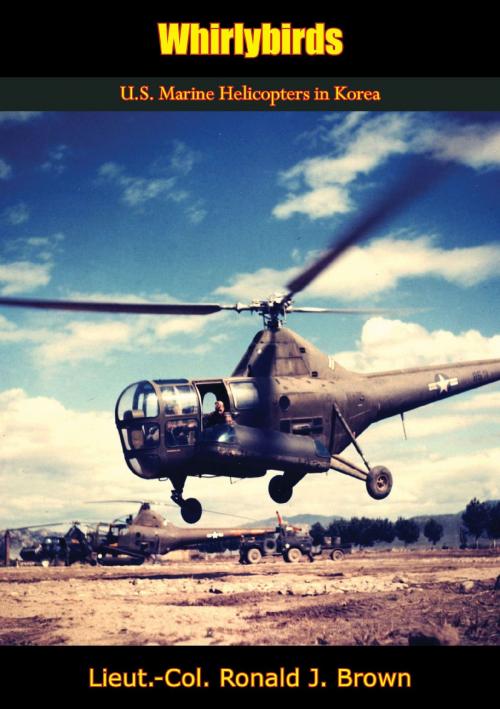| Author: | Lieut.-Col. Ronald J. Brown | ISBN: | 9781789121568 |
| Publisher: | Borodino Books | Publication: | April 3, 2018 |
| Imprint: | Borodino Books | Language: | English |
| Author: | Lieut.-Col. Ronald J. Brown |
| ISBN: | 9781789121568 |
| Publisher: | Borodino Books |
| Publication: | April 3, 2018 |
| Imprint: | Borodino Books |
| Language: | English |
On 25 June 1950, Communist North Korea unexpectedly invaded its southern neighbor, the American-backed Republic of Korea (ROK). The poorly equipped ROK Army was no match for the well prepared North Korean People’s Army (NKPA) whose armored spearheads quickly thrust across the 38th Parallel. The stunned world helplessly looked on as the outnumbered and outgunned South Koreans were quickly routed. With the fall of the capital city of Seoul imminent, President Harry S. Truman ordered General of the Army Douglas MacArthur, C-in-C, Far East, in Tokyo, to immediately pull all American nationals in South Korea out of harm’s way. On 27 July, an American combat air patrol protecting Kimpo Airfield near the South Korean capital actively engaged menacing North Korean planes and promptly downed three of the five Soviet-built Yak fighters. Soon thereafter American military forces operating under the auspices of the United Nations Command (UNC) were committed to thwart a Communist takeover of South Korea. Thus, only four years and nine months after V-J Day marked the end of WWII, the United States was once again involved in a shooting war in Asia….
The United Nations issued a worldwide call to arms to halt Communist aggression in Korea, and America’s armed forces began to mobilize. Marines were quick to respond. Within three weeks a hastily formed provisional Marine brigade departed California and headed for the embattled Far East. Among the aviation units on board the U.S. Navy task force steaming west was a helicopter detachment, the first rotary-wing aviation unit specifically formed for combat operations in the history of the Marine Corps. Although few realized it at the time, this small band of dedicated men and their primitive flying machines were about to radically change the face of military aviation. Arguably, the actions of these helicopter pilots in Korea made U.S. Marines the progenitors of vertical envelopment operations, as we know them today.
On 25 June 1950, Communist North Korea unexpectedly invaded its southern neighbor, the American-backed Republic of Korea (ROK). The poorly equipped ROK Army was no match for the well prepared North Korean People’s Army (NKPA) whose armored spearheads quickly thrust across the 38th Parallel. The stunned world helplessly looked on as the outnumbered and outgunned South Koreans were quickly routed. With the fall of the capital city of Seoul imminent, President Harry S. Truman ordered General of the Army Douglas MacArthur, C-in-C, Far East, in Tokyo, to immediately pull all American nationals in South Korea out of harm’s way. On 27 July, an American combat air patrol protecting Kimpo Airfield near the South Korean capital actively engaged menacing North Korean planes and promptly downed three of the five Soviet-built Yak fighters. Soon thereafter American military forces operating under the auspices of the United Nations Command (UNC) were committed to thwart a Communist takeover of South Korea. Thus, only four years and nine months after V-J Day marked the end of WWII, the United States was once again involved in a shooting war in Asia….
The United Nations issued a worldwide call to arms to halt Communist aggression in Korea, and America’s armed forces began to mobilize. Marines were quick to respond. Within three weeks a hastily formed provisional Marine brigade departed California and headed for the embattled Far East. Among the aviation units on board the U.S. Navy task force steaming west was a helicopter detachment, the first rotary-wing aviation unit specifically formed for combat operations in the history of the Marine Corps. Although few realized it at the time, this small band of dedicated men and their primitive flying machines were about to radically change the face of military aviation. Arguably, the actions of these helicopter pilots in Korea made U.S. Marines the progenitors of vertical envelopment operations, as we know them today.















